Blended Species Chook Flocks
Groups of Animals
Many types of animals acquire in groups. We’ve now names for them: a herd of elephants, a school of fish, a swarm of bees, there are quite a few examples. And naturally now we’ve a flock of birds.
Nonetheless not all animals that cling round collectively obtain this for the same causes. And there are completely different types of groups. They don’t all have the equivalent membership requirements.
The phrases herd, swarm, and flock conjure pictures of many individuals of the equivalent species. They provide the impression of being form of the equivalent, like any person merely copied and pasted one animal again and again.
When every hen in a flock is of the equivalent species, biologists would say the flock is a monospecific group. Nonetheless some flocks are heterospecific. These comprise two, three, or possibly many different species.

There are advantages and downsides to dwelling in solitude versus dwelling in a bunch. Equally, there are professionals and cons to being a member of a monospecific versus a heterospecific group.
As an example, one downside for a hen when hanging out with members of its private species is that it and all its buddies are going to compete for the same restricted sources. These birds all eat the equivalent meals, search the equivalent habitat for shelter, and want the equivalent high quality mates. Opponents for these things may make life a bit hectic in a monospecific group.
Now, an additional distinction is that not all heterospecific groups of animals are created equal. Solely in just a few of those groups are folks benefiting from the presence of the other species. In several phrases, merely because you see animals of quite a few species milling spherical within the equivalent place on the same time doesn’t indicate their actions are coordinated for his or her mutual revenue. It’s potential that each animal is just drawn to a helpful useful resource in that place, so all of them end up there.
Watering holes in Africa are one occasion. A watering hole might be crawling with giraffes, zebras, antelopes, and many completely different animals. One different occasion is when many shorebird species are poking spherical on a mudflat. In these cases, the critters aren’t really working collectively or exchanging useful information. And they also aren’t in these areas as a consequence of social attraction. The zebra would go to the watering hole even when there have been no completely different animals spherical. And the sandpiper would forage on the mudflat even when it was all by itself.
Think about your yard birdfeeder. Within the occasion you do have a feeder, chances are you’ll sometimes have 3 to 10 hen species all flitting and scrambling spherical it immediately. There is no question that you simply simply’d be looking at a heterospecific group.
Nonetheless is each species benefiting from the habits of the other species? Or are they there solely on account of they’re all drawn to the equivalent meals? Typically, it’s the latter. The completely completely different species you’re seeing aren’t there on account of they anticipate to be taught from the presence of the other species. We’d title this a feeding aggregation, pretty than a mixed-species flock. Each hen is simply there to stuff its face collectively together with your expensive birdseed. And each of them would perhaps wish to be the one hen on the scene, having these seeds all to itself. The subject of this weblog—the mixed-species foraging flock—differs drastically from what we see at yard feeders. Let’s check out why that is.
Blended Species Flocks – Traits
First off, the birds in such a flock journey spherical collectively. As an example, a flock with 6 hen species could land in an oak tree. They spend 10 minutes devouring as many bugs and spiders as they are going to uncover, then take off as a cohesive group to look out one different tree.
Whereas this blended flock is foraging, each species is commonly specializing in a definite prey merchandise. So that’s one different key attribute: each species inside the flock sometimes eats one factor completely completely different. One could eat spiders, one could eat caterpillars, and one could eat insect eggs. This means there’s perhaps a lot much less opponents amongst explicit particular person birds than what we observe in a single-species flock.
Blended-species flocks are nearly always composed of birds that eat arthropods—that is, bugs, spiders, and the like. So these are insectivores. We don’t see this phenomenon as quite a bit with birds that eat completely different points, equivalent to fruit or seeds or small vertebrates.
Even when a few species inside the flock prefers the equivalent meals, they sometimes search for prey in quite a few microhabitats. As an example, take into consideration a flock that lands in an enormous fig tree. Whereas one species is scooching spherical on the tree’s trunk, probing into bark crevices, one different species is peering into curled up clusters of lifeless leaves. A third species is meticulously gleaning bugs from inexperienced twigs.
So the habitat on this occasion is probably the quilt of a broadleaf evergreen forest, nonetheless there might be many microhabitats all through the quilt. Or quite a few microhabitats in a single tree.
Whereas we’re talking about timber, I must degree out that mixed-species foraging flocks are most common in forests. They don’t occur as sometimes in extra open ecosystems, like grasslands or wetlands.
These flocks aren’t as big as many single-species flocks that you simply simply is probably further accustomed to. Blended-species flocks usually embrace solely between 10 and 40 folks. Nonetheless some can have better than 100 birds.
And, usually, no single species inside such a flock is represented by numerous explicit particular person birds. So, as an illustration, your flock would possibly want 10 folks from 7 species. Or probably 25 folks from 18 species. You get the thought.
One different mandatory attribute of mixed-species flocks is that their members play one amongst two roles: chief or follower. One or just some species inside the group will act as a result of the leaders and the rest may be their followers.
Chief species, sometimes known as nuclear species, are the birds that provoke the formation of the flock. They usually entice completely different species intentionally, by guaranteeing calls, as an illustration. Chief birds are often these flying out in entrance when the flock strikes to a model new location. So that they take the initiative to dictate the movement patterns of their flock.
Many unrelated species world large fill this place—the place of the nuclear or chief species. Counting on the place you is likely to be on the earth, the chief of a blended flock is probably a chickadee, a tanager, a babbler, or a fairy wren… to supply just a few examples.
As wildly varied as these species are, they share quite a few traits that apparently make them good leaders. First off, they’re often noisy, chatty birds. Some title sometimes and loudly to talk with members of their very personal species. They do this whether or not or not or not they’re in a blended flock. That’s the case for members of the family Paridae, equivalent to tits and chickadees. These little buggers title to at least one one other usually.
Many chief species are vigilant and make loud alarm calls when predators like hawks current up on the scene. They are going to serve their flock by showing as sentinels, warning of hazard. Drongos, birds of the family Dicruridae, sometimes current this habits.
Leaders use their calls not solely to impress a blended species flock, however along with preserve the flock collectively as a result of it strikes from place to place. One different operate frequent to lots of chief species is that they’re cooperative breeders. Cooperative breeding is the place chicks are raised by not solely their dad and mother, nonetheless by quite a few helper birds. Helpers are sometimes older siblings or completely different shut household.
The social cues and warning calls utilized by cooperative breeders could predispose them to be leaders in blended flocks. Babblers inside the genus Turdoides are good examples of cooperative breeders who sometimes assume the chief place in blended flocks.
Follower species, too, share some choices. Most followers—moreover known as attendants—are small, tree-dwelling birds that eat bugs or completely different arthropods.
Leaders and their followers sometimes switch spherical inside the forest collectively in a predictable day-to-day pattern. As they journey, some explicit particular person birds will likely be a part of the group whereas others go away. As an example, a hen could also be a part of the flock as a result of it strikes through her territory. Then, as a result of the flock reaches the sting of her territory, she drops out and lets the other birds switch on with out her.
So the dimensions of a flock and its combination of species changes all via the day and from in some unspecified time in the future to the following. Flock measurement and composition may also change over the course of a season. In any case, there’ll always be some leaders present inside the core of the flock.
Not surprisingly, the species compositions of flocks moreover fluctuate from space to space. Inside the temperate latitudes of North America and Eurasia blended flocks are largely a winter phenomenon. So, this happens inside the non-breeding season. Birds that flock collectively in these northern areas are tits and chickadees, nuthatches, treecreepers, kinglets, and woodpeckers. In North America, wood warblers from the family Parulidae moreover be a part of hen occasions.
Inside the New World and Earlier World Tropics, blended flocks occur 12 months spherical. Inside the Neotropics of South America, the most common members are quite a few cardinals, warblers, sparrows, and tanagers. Completely completely different combos of species variety flocks in tropical Asia, Africa, Madagascar, and Australia.
Now now we’ve a method of what a blended species foraging flock is. Nonetheless we’re capable of’t merely go away it at that, can we? As curious naturalists, our subsequent step is to ask, “Why?” Why obtain this many birds all all over the world band together with completely different species?
Hypotheses for Why
Ornithologists have prolonged contemplated the distinctive phenomenon of mixed-species flocks. They’ve been attempting to find out why birds do this for not lower than 100 years.
There are two main hypotheses. The first hypothesis is that birds have increased chances of discovering meals after they flock together with completely different species than after they forage alone. Or they not lower than improve their effectivity to search out meals.
A method this will work is by flushing. A hyperactive gang of small birds flitting spherical in a tree cowl will inevitably fireplace up some bugs, inflicting these prey animals to get spooked and reveal themselves. As a result of the prey are flushed from their hiding areas, the birds pounce on them.
You could assume, “Okay, nonetheless wouldn’t that even be true for monospecific flocks… flocks the place the entire birds are the equivalent species?” Actually, that’s true. Nonetheless let’s don’t forget that the species in our blended flock sometimes aren’t consuming the equivalent types of prey. As soon as they flush prey, they aren’t all combating over the equivalent insect or completely different invertebrate. That is what happens in a single-species flock, since every hen is homing in on the equivalent prey.
The second hypothesis for why a hen joins a blended species flock is that the hen is reducing its hazard of being eaten by a predator. There are a selection of strategies birds could purchase this tremendous revenue. First, the additional eyes you’ll have in a bunch, the additional attainable a raptor or completely different predator attempting to swoop in will get noticed. Biologists title this the ‘Many Eyes Impression.’
On excessive of that, some species are further vigilant than others. So it might be smart to hold round with these dudes when you want to get a ‘head’s up’ about any hazard while you’re having lunch. A hen can even revenue by being a lot much less vulnerable to be singled out by a predator. That’s on account of a predator has many various birds to pick out from inside the flock. That’s known as the ‘Dilution Impression.’
Nonetheless, chances are you’ll argue, a hen doesn’t need to hitch a blended–species flock to realize the revenue from the quite a few eyes influence or the dilution influence. Blended-species foraging flocks do exist, and this phenomenon is widespread the world over. So there must be some sturdy evolutionary or ecological forces that set off birds to point this habits. There must be advantages for these birds to hitch up with completely different species. In every other case, they’d merely go it alone. Or they’d cling round with solely members of their very personal species. Even when there are some downsides, some costs, to being a member of a blended flock, the benefits ought to sometimes outweigh these costs.
So now we’ve these two massive hypotheses: Birds be a part of blended species flocks on account of (A) they improve their feeding effectivity or (B) they in the reduction of their hazard of being swallowed by a predator.
Nonetheless this isn’t really an A or B state of affairs. These hypotheses aren’t mutually distinctive. So it’s actually A and/or B. Ornithologists have been working exhausting for just a few years to find out which hypothesis best explains why mixed-species flocks exist. Quite a few experiments and observations by these scientists have added a lot to our understanding of how blended flocks operate and why they variety inside the first place.
A variety of this evaluation has involved hardcore space work. Take into consideration working through a dense jungle in Brazil. You’re following a confused mixed-species flock of about 30 birds. You try to not stumble as you push through the undergrowth. You wipe sweat and probably just some spiders out of your brow, then crane your neck to purpose your binoculars straight up into the quilt. The tiny, vibrant birds are scampering spherical inside the branches. Plenty of them are merely silhouettes in direction of the apparent tropical sky, making it an issue with the intention to decide which species they belong to. You’re calling out species names and numbers of individuals to your colleague, who’s frantically recording the data. You barely finish counting the birds—quite a bit a lot much less catch your breath—sooner than the flock shoots off as soon as extra in a random route. You run to catch up. Self-discipline work like which may be exhilarating and plenty of gratifying, however as well as utterly exhausting and sometimes irritating.
Best Explanations
All through the quite a few scientific analysis of mixed-species flocks, proof has been found that helps every the ‘feeding effectivity’ hypothesis and the ‘diminished hazard of predation’ hypothesis.
Nonetheless in 2009 a analysis was printed that tried to find a consensus amongst most of the earlier analysis of blended species flocks. This huge-scale analysis, printed inside the journal Animal Behaviour, used a meta-analysis to take a look at info from 191 earlier analysis.
Meta-analysis is a extraordinarily cool issue. That’s the place info from quite a few scientific analysis is pooled and analyzed suddenly with a specific suite of statistical devices. A meta-analysis gives us a type of weighted frequent of the entire included analysis. It permits us to look out the huge tendencies or patterns in all that info. Such tendencies is probably exhausting to detect if we merely checked out each of the distinctive analysis on their very personal.
So there have been some fascinating conclusions from this 2009 analysis. Importantly, the authors determined that an important driving drive behind mixed-species flocks is predation. A pair ends of their analysis led to that conclusion.
First, it turned out that birds who be a part of blended flocks are often small insectivores that forage extreme up in timber. I knowledgeable you about this finish end result earlier. This meta-analysis analysis is what really solidified our understanding. Little birds that hunt bugs inside the cowl are further inclined to predators than greater birds that forage nearer to the underside.
Second, this analysis found that birds in mixed-species flocks spend further time foraging and fewer time being vigilant. That’s when compared with birds that forage on their very personal or in single-species flocks.
So, though the specter of predators is the necessary factor driving drive proper right here, it seems now we’ve assist for every of our genuine hypotheses. Vulnerable birds have a lot much less hazard of being torn to shreds by a predator within the occasion that they be a part of a blended flock. Nonetheless on account of they are going to loosen up a bit, they spend a lot much less time wanting spherical nervously for predators. In any case, there are a selection of various species inside the flock which is likely to be really good ‘watchdogs,’ and other people guys will sound the alarm if there’s hazard. So our small, inclined species might be further atmosphere pleasant of their never-ending quest for snacks. They revenue by having a lower hazard of predation and higher effectivity to search out meals.
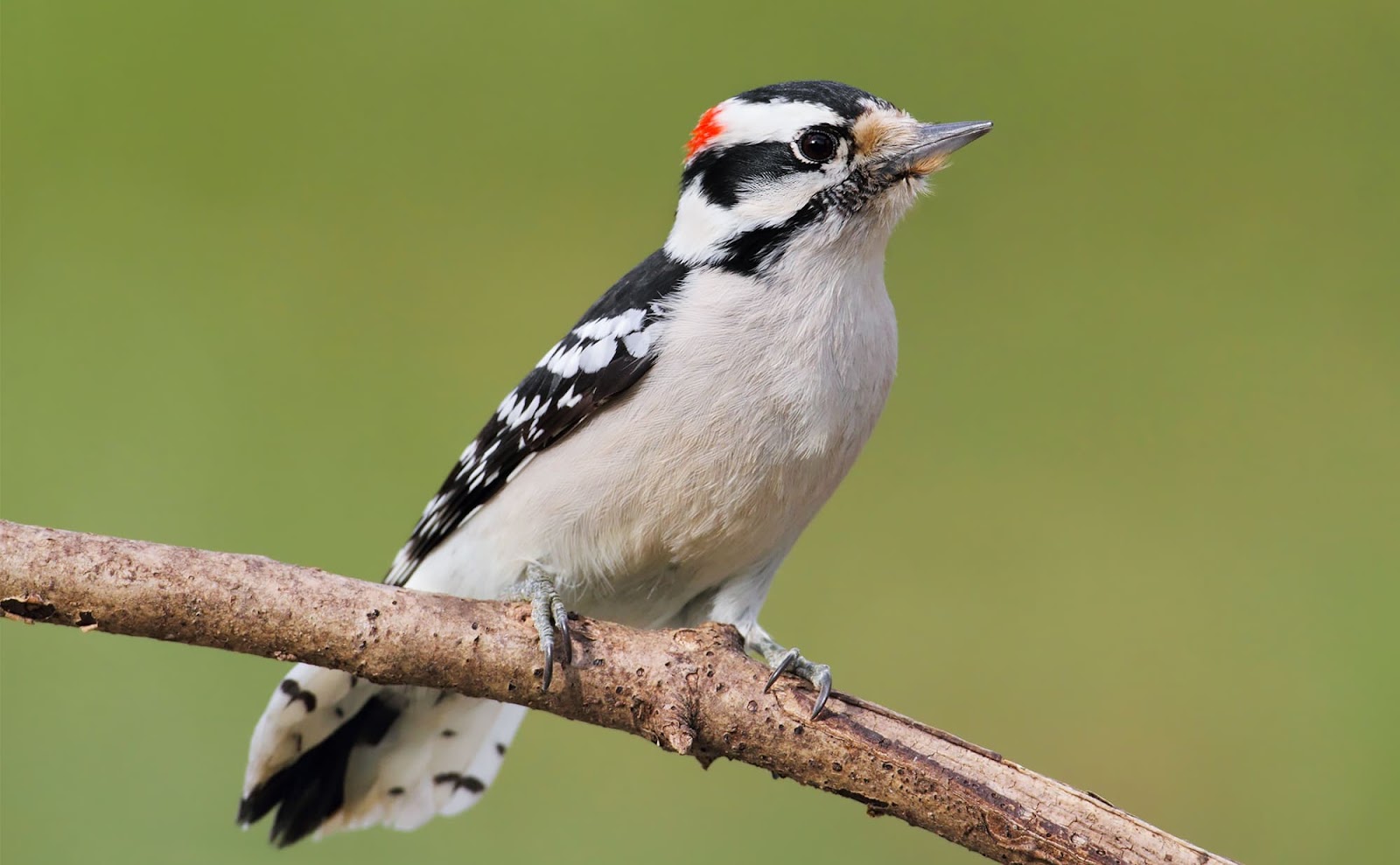
A analysis printed over twenty years sooner than, in 1984, illustrates this phenomenon inside the Downy Woodpecker (Picoides pubescens). That’s North America’s smallest and most widespread woodpecker species.
When foraging alone on the bark of a tree, this woodpecker stops and cocks it’s cute little head usually to search around and listen to for any predators. A Downy Woodpecker is kind of a delicious burrito for a hungry Sharp-shinned Hawk. So the woodpecker must be vigilant if it needs to survive.
Kimberly Sullivan, the author of the 1984 analysis, adopted Downy Woodpeckers spherical in a New Jersey forest. Seems like a superb time to me. She documented the birds’ head cocking and feeding behaviors. She found that when Downies joined completely different species in a blended flock, they decreased their fees of head cocking and elevated their fees of foraging. And these fees modified most dramatically when a Downy Woodpecker joined three or further completely different birds in a flock. So, in a blended flock, a Downy is further relaxed. It focuses its consideration on discovering that subsequent bug. The chickadees primary the flock will let the woodpecker know if there’s trouble.
And Such
Now this all sounds prime quality and dandy. Nonetheless does every member of a mixed-species flock purchase some revenue? What regarding the leaders? What’s in it for them?
This isn’t pretty as clear. As I alluded to earlier, leaders may entice followers. There doesn’t have to be a revenue to the chief species for this phenomenon to exist. Maybe some leaders would pretty be alone, nonetheless like a teenager with a pesky little one brother, they solely can’t shake their followers.
That said, it seems attainable that chief species do get some revenue from the flushing of bugs by the flock. And they also may also be a lot much less vulnerable to predation because of the ‘many eyes’ influence and/or the ‘dilution influence.’
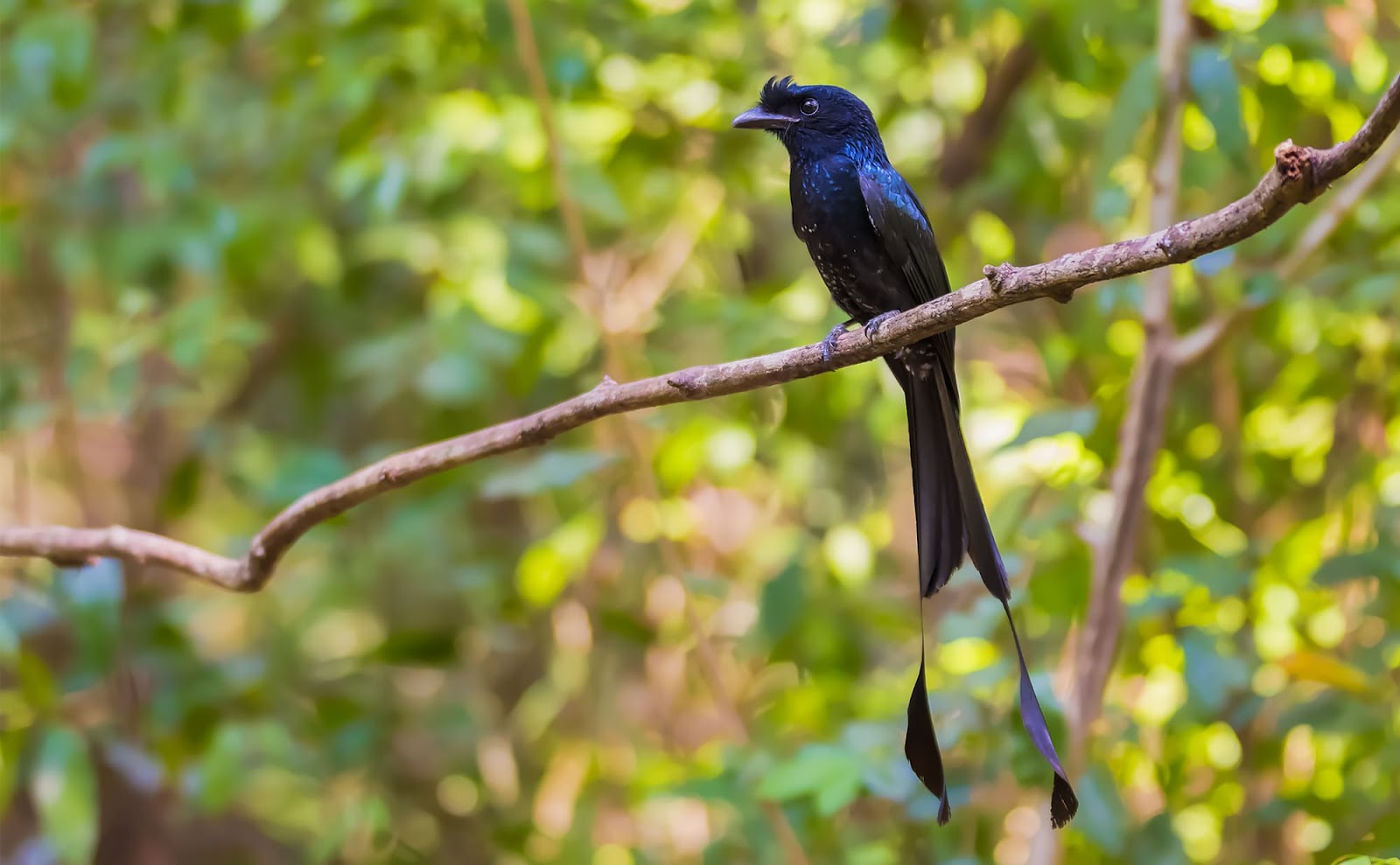
As an example, bear in mind the Higher Racket-tailed Drongo (Dicrurus paradiseus). This shiny black hen lives in tropical forests in southern and southeastern Asia. Every sexes have a pair of prolonged, spatula-shaped tail feathers that give the species its frequent title.
This hen usually participates in blended flocks. It performs the place of a nuclear or chief species. It actually mimics the calls of various hen species to attract them.
As quickly because the gang’s all collectively, the drongo moreover acts as a vigilant sentinel, sounding the alarm if it spots a predator.
The Higher Racket-tailed Drongo has been the subject of quite a few analysis in India, Sri Lanka, and Myanmar. A minimum of one amongst these analysis confirmed that drongos in blended flocks do have elevated fees of feeding, compared with after they’re on their very personal. They apparently revenue from the flushing of bugs by the other birds. Within the occasion that they didn’t get some revenue, why would they use mimicry to assemble a flock?
Typically, Higher Racket-tailed Drongos might be jerks. Whereas showing as a sentinel in a blended flock, a drongo makes its alarm title. “Hit the deck all people, there’s a predator about!” The drongo’s flock mates freeze or conceal, and some drop regardless of juicy bug they’ve been about to eat.
Nonetheless this was actually a false alarm. There was not at all a predator, and the drongo knew that. It merely wished a flockmate to freak out and drop its prey. Then the drongo could swoop over and get a free lunch. That’s an occasion of kleptoparasitism, the place one species steals a meal from one different species.
Life in a mixed-species flock is sophisticated. A variety of the birds ought to revenue from their affiliation with the other species. In every other case, blended flocks wouldn’t exist. Nonetheless there are trade-offs and some costs too. Like getting your lunch stolen by a low-down, no-good, kleptoparasitic drongo.

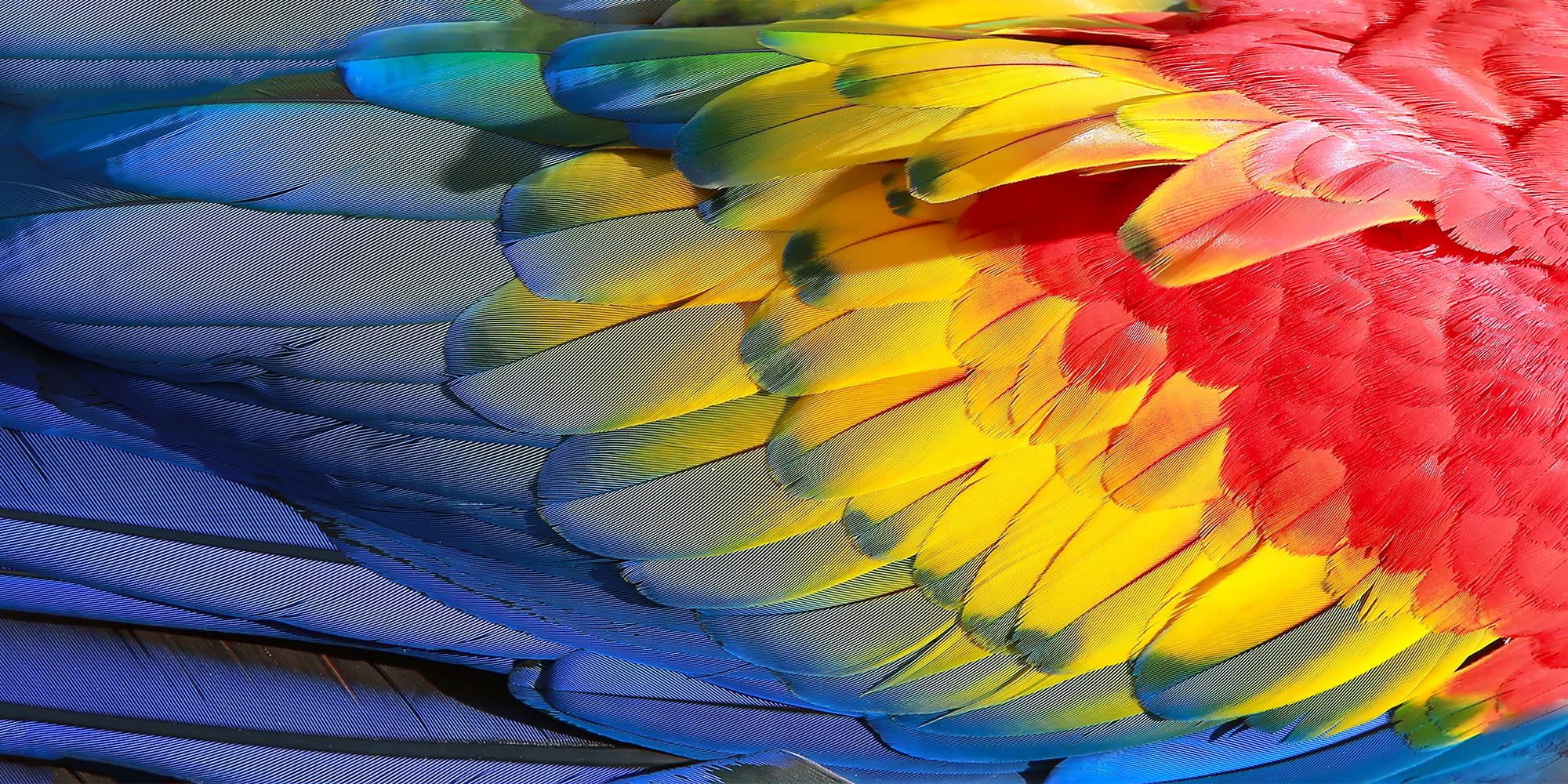
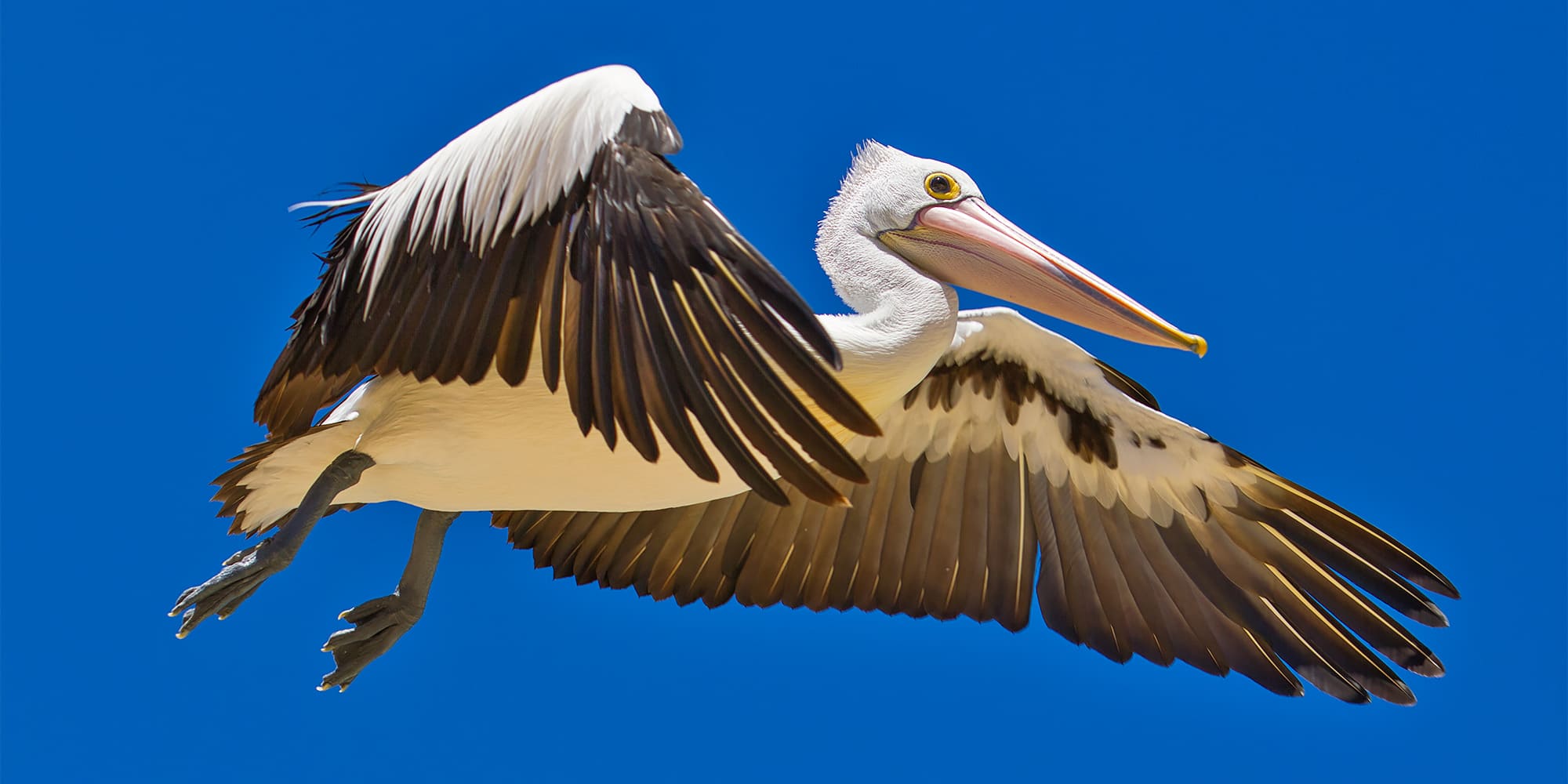
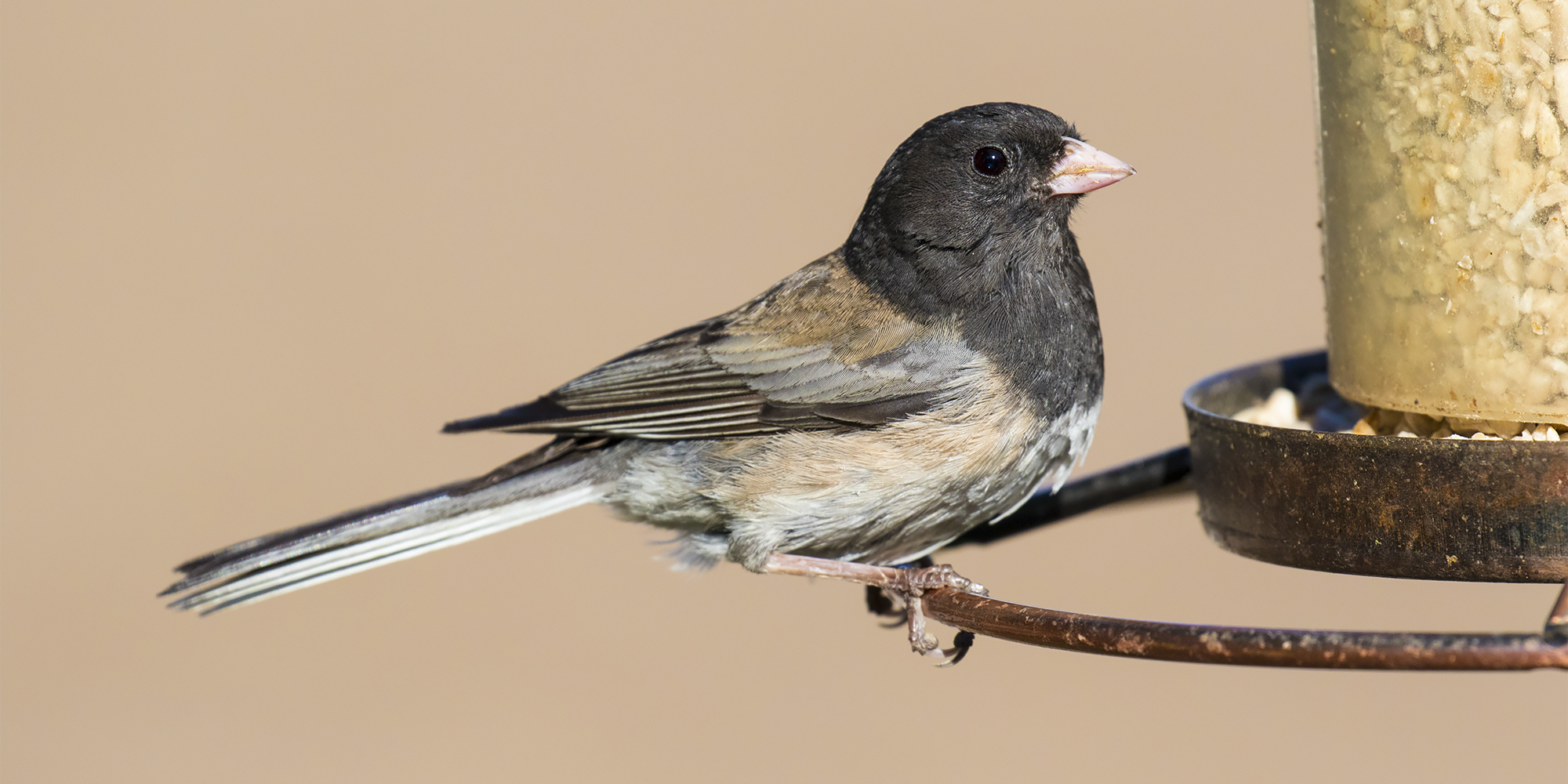

Post Comment